Langreview Kurzkritik English Version Fakten + Credits
In 2009, director James Cameron revolutionised the film business. AVATAR was not only the most financially successful film of all time, which was only replaced for a short period by a Marvel production and then immediately regained first place, but also a film that made 3D technology salon-worthy and came up with effects that no other work had ever been able to offer before. And this despite the fact that the first 3D feature-length film was released almost 90 years earlier. THE POWER OF LOVE premiered in 1922 and used the red-green (anaglyph) technique in which the two complementary colours cancelled each other out, thus showing the viewer two different images. Thus, each eye perceives a different image, which is put together again by our brain to form an overall image and thus appears as 3D. The basic principle is still similar today, but is realised in a different way.
That is the point
After the greedy humans destroyed parts of Pandora and suffered defeat in the battle against the native races, most of them were forced to return to Earth. The Na’vi have now built a new existence in peace. Toruk Makto Jake leads his tribe together with his partner Neytiri and lives a peaceful life with his five children. But the Resources Development Administration has not yet given up its fight for valuable resources and returns with reinforcements, new weapons and an old acquaintance. Jake is aware that they are targeting him above all. To protect his tribe and his family, he seeks refuge with the Metkayina tribe and learns about a whole new side of the planet. But can he use it to escape the battle?
Review
In 2009, the fascinating images of Pandora left their mark on an entire generation and showed the film world what is possible visually. Many are now worried that a sequel won’t even come close to this quality. But this is unfounded, because in the 13 years that have passed since the first part, mastermind James Cameron has not just sat around twiddling his thumbs, but has worked hard to create a work of art that does not yet exist. AVATAR: THE WAY OF WATER once again takes us into stunning worlds that could hardly be more perfect. Instead of using digital post-production and creating 3D, as most of the films of the past decade have shown, Cameron still relies on shooting with a real 3D camera. And you can clearly see that in the film.
For the shooting of the second and third film in the series, the director even specially commissioned the special “Venice” camera from Sony. This camera thus produces two different images which, when put together, produce a 3D image and do not first have to be digitally post-processed. The team also relies on higher frame rates. While normal films are developed at 24 or a maximum of 25 frames per second, which produces a fluid image, there have been repeated experiments with higher frame rates in recent years. THE HOBBIT, for example, showed that this new technology can quickly look as if an acting character is really just standing in front of a digital wall and performing a play. A far too obvious realism emerged. In GEMINI MAN, on the other hand, Ang Lee proved that this technique can perfect fast action sequences, as they are no longer totally washed out, but clear and rich in detail.
So far, however, HFR has not really been popular with the public, as the experiments have all failed to convince in terms of quality. But here again Cameron has brought a bit of revolution, because while previously the films were developed constantly in HFR over the entire playing time, the tinkerer relies on a dynamic system in which the framerates are adjusted in the course of the film according to the action situation. Thus, fast action sequences are presented in HFR, while calm elements run at classic speed.
On the trail of a documentary
But what does all this technical stuff mean for AVATAR: THE WAY OF WATER? Cameron has succeeded in creating an alternative reality and presents us with his new world in an almost documentary-like manner throughout large parts of the film. We can experience many natural spectacles, special creatures and a unique flora and fauna that originates almost entirely from the imagination, even though references to the real world are of course always recognisable. The depiction of nature is so detailed and impressively sharp that it is almost impossible to tell that a great many picture elements were only developed digitally. Never before have we been presented with such genuine fake images, where it seems as if a documentary filmmaker had actually stepped into the waters of Pandora. Every movement of the water, every explosion, every animal – everything looks real. There are only very few exceptions, where the HFR probably ensures that we are only being fooled here.
Both earlier creatures and plants are included, but more importantly, a whole range of new environments are introduced. Instead of impenetrable forest landscapes, we now dive into the vast expanse of the sea. This also explains the playing time of 192 minutes, which does not result from an extensive story, but from the fact that the audience is allowed to experience a milieu study of Pandora. In contrast to BLACK PANTHER: WAKANDA FOREVER, the “eat or die” method is not applied here. Nevertheless, it should also be mentioned at this point that after about two hours a little sluggishness sets in, as some elements repeat themselves and
Acting at eye level
The documentary part is framed by a family story in which Sam Worthington is still the narrating lead character, but is nevertheless taken out of the centre of the action and lost in the crowd. Basically, several roles are equalised and there is no clear protagonist. This is extremely good for the film, because it creates a much greater narrative scope. AVATAR: THE WAY OF WATER also feels like the big brother of its predecessor. Instead of soft-spoken, whiny and over-dramatised plot elements, we get much more seriousness and subtlety for a balanced and engaging narrative structure. Thus, the long playing time is actually hardly noticeable, unless the experience has to be interrupted by a forced visit to the toilet. Moreover, the action is more measured and purposefully deployed and does not dominate the entire story. Although a possible hostile danger is always present, long enjoyable passages distract from it and put the audience into a deceptive feeling of security.
The story itself was not exactly expected to suddenly find a new approach that would suddenly scrape a multi-layered and adventurous experience out of a rather mediocre and banal plot. Instead, some parts remind one a lot of its predecessor. Thus, the film once again deals with family stories, the idea of nature, the ruthless exploitation of nature by man (transferable to real actions several times), as well as the obsession with power and the will to colonise of the “white man” towards more traditional cultures. Completely new story approaches are not to be found, but as a rule they are not even needed, as the audience is far too busy trying to grasp these seemingly real images.
(Not) a family film
However, since AVATAR: THE WAY OF WATER focuses much more on familial everyday situations and distances itself from the wild mess of the prequel, the whole work seems more thought-out and structured. There are still narrative elements now and then that resemble the “Deus ex Machina” principle. Apart from that, this is only conditionally a family film, because once again the discussions about the FSK are called up on the screen. While there are reasons that completely justify an FSK 12, there are also aspects that would legitimise a higher rating. For example, every parent should be told that although there is no blood spurting in this flick, there is water, which is meant to create the same effect in the alternative. A flying severed arm and various ruthless confrontations can also have a brutalising effect and should be taken into account when deciding to go to the cinema.
 Conclusion
Conclusion
In the end, AVATAR: THE WAY OF WATER is a really successful sequel that managed to remove all previous doubts flawlessly. Despite the fact that the frame story doesn’t exactly come up with creative innovations, James Cameron has developed a work that doesn’t yet exist on the film market and which also trumps the prequel once again. This flick is more than just a film. It is an experience, because here immersion in a fictional world suddenly becomes real. Trivialities and inaccuracies in the narrative are negligible. And even though almost 30 euros for an IMAX ticket is usually pure rip-off, this is the first film where I say: every minute is worth the money and whoever has the opportunity should not go for the inferior quality in the normal neighbourhood cinema.
How did you like the movie?


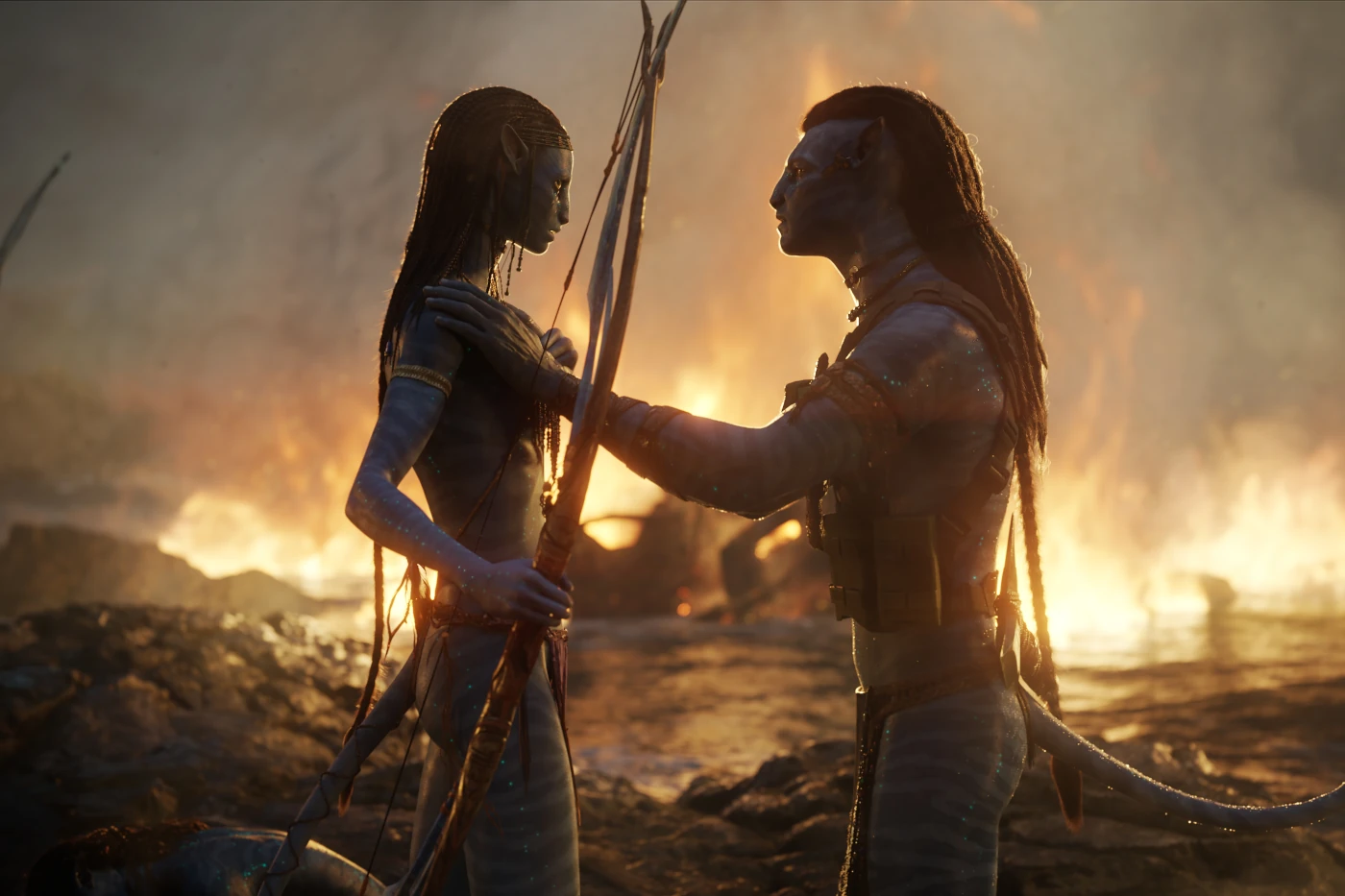
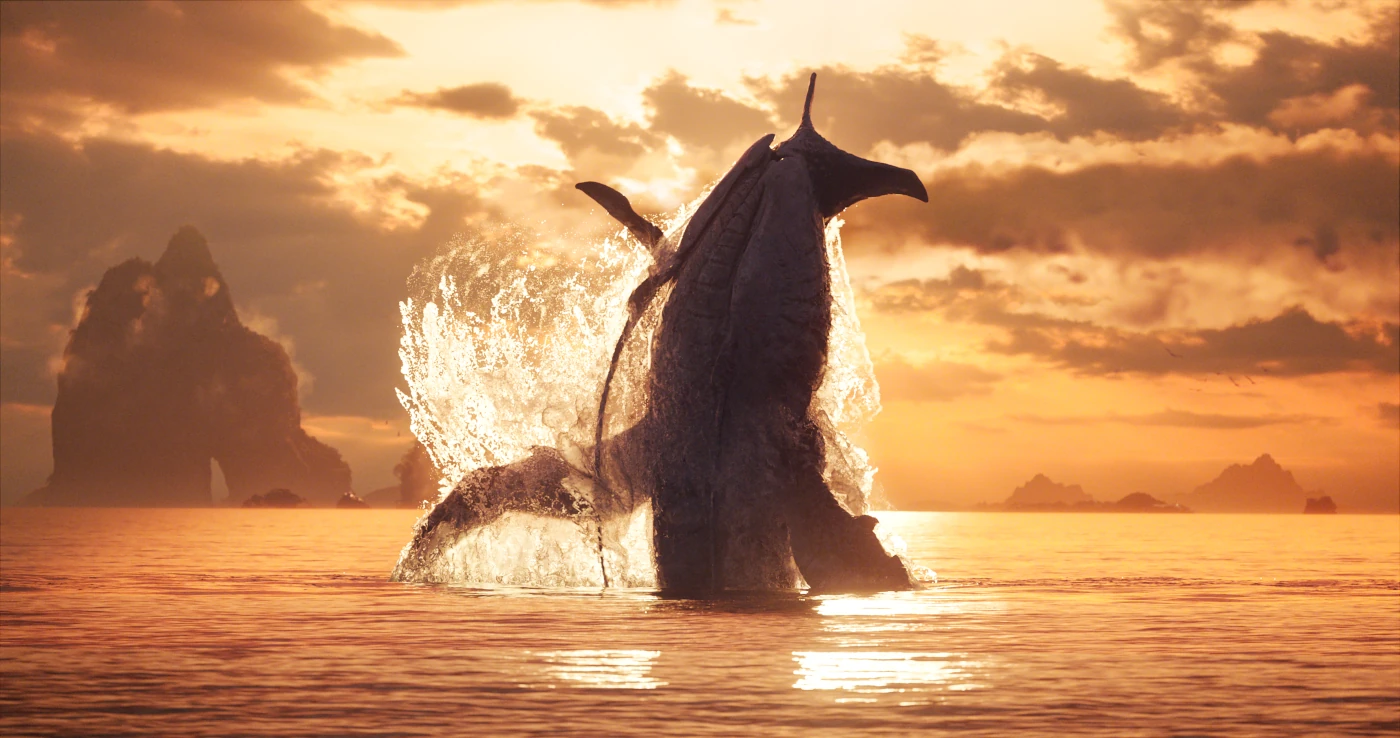
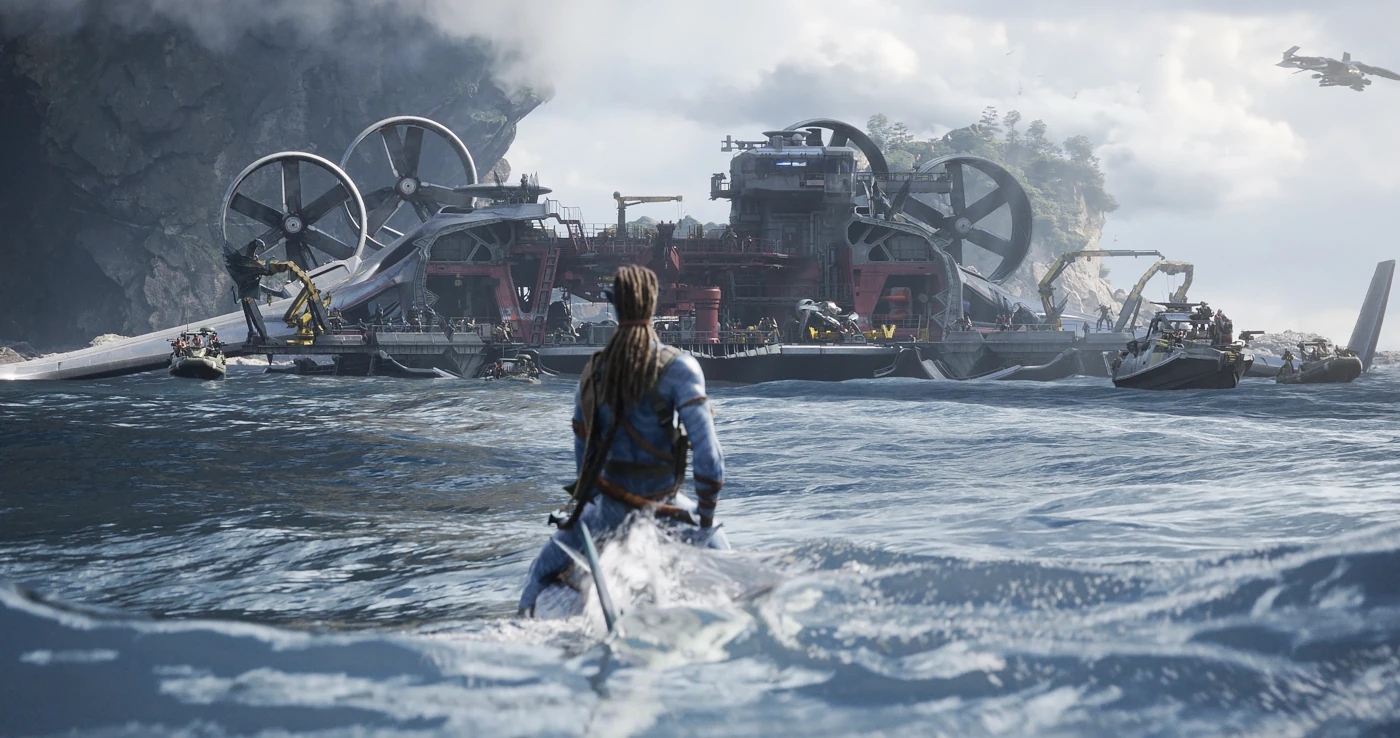
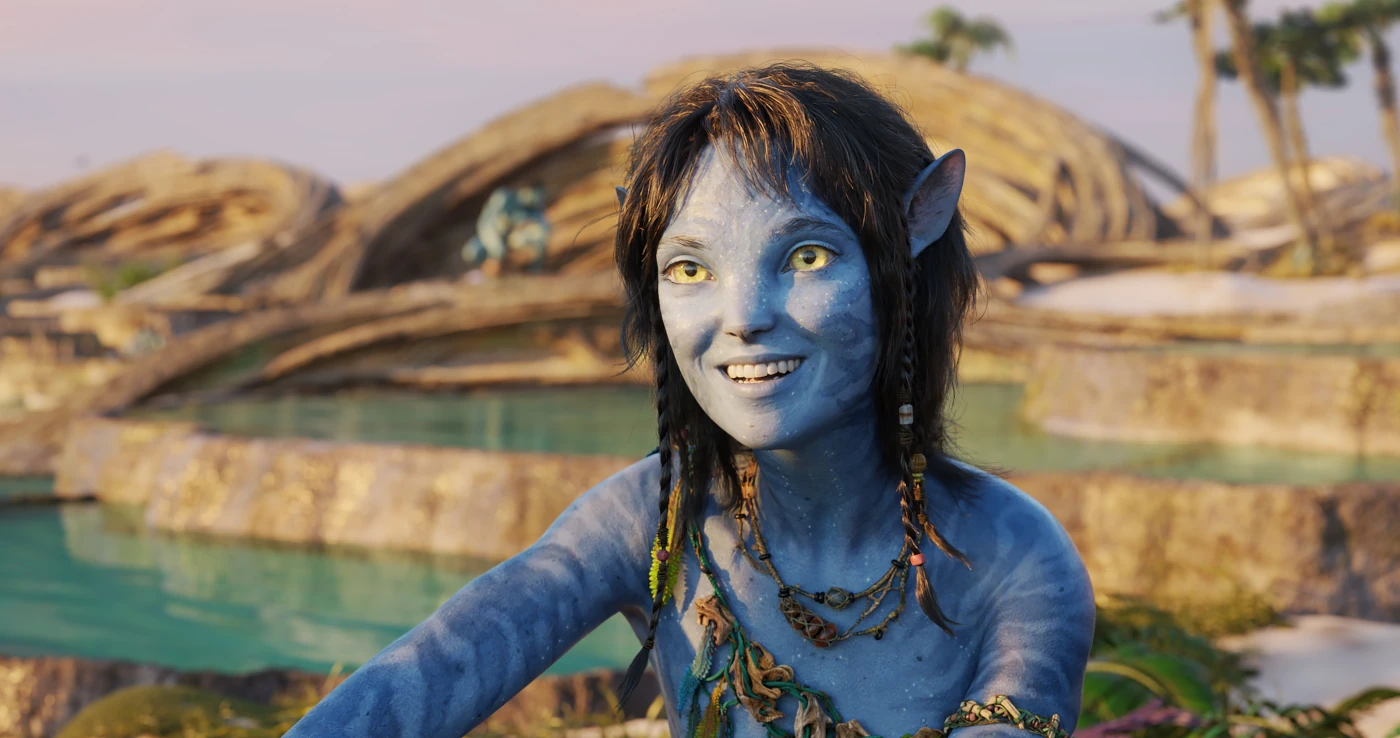
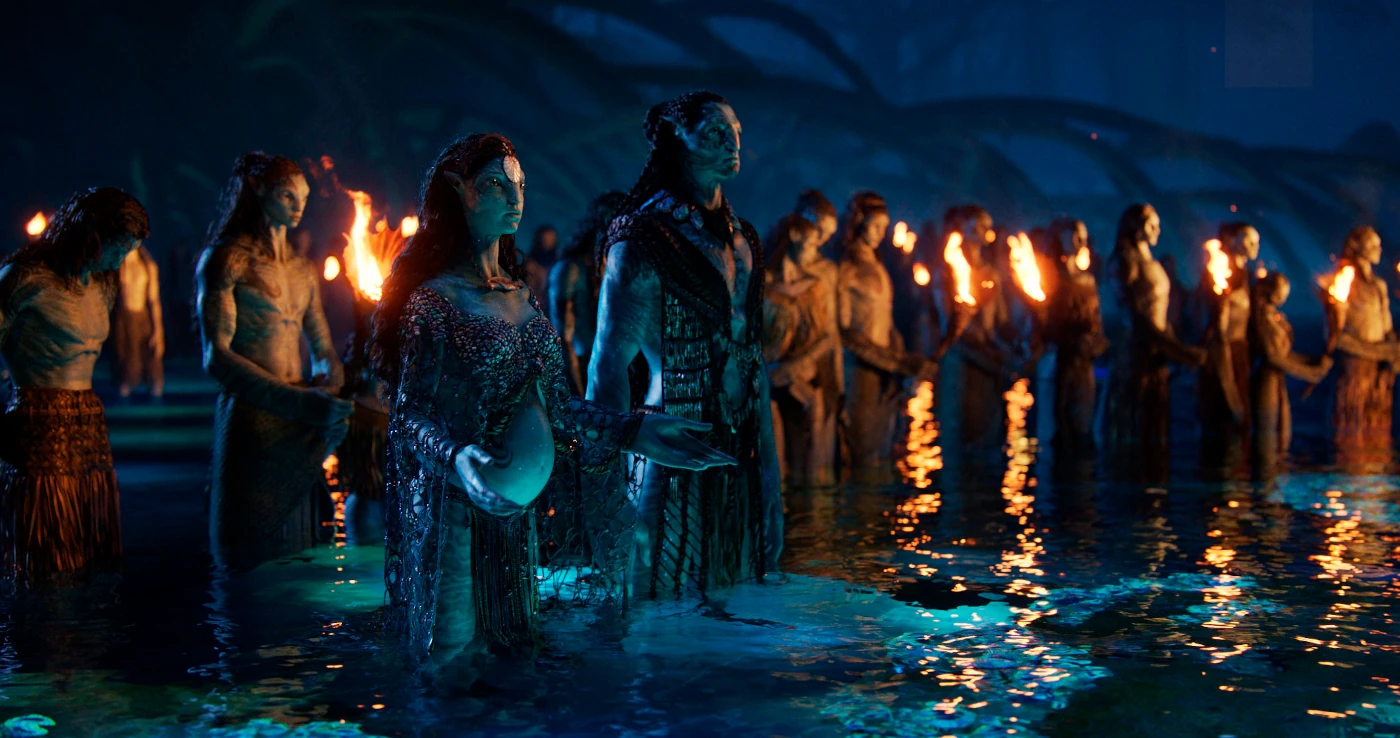




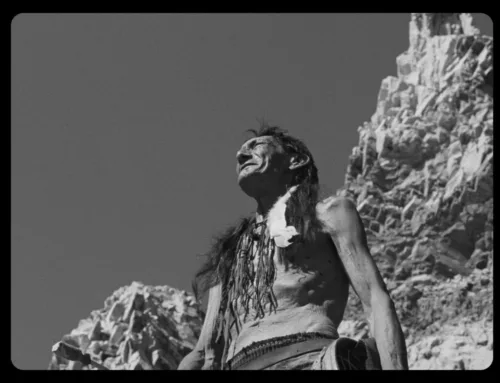
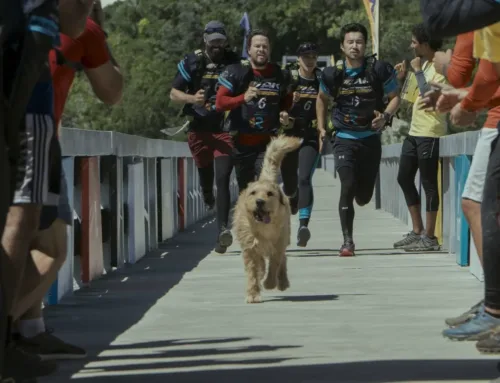

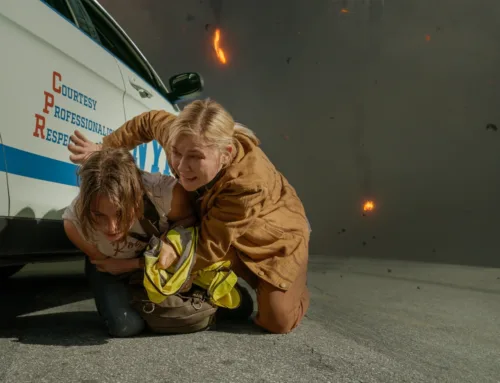
Hinterlasse einen Kommentar